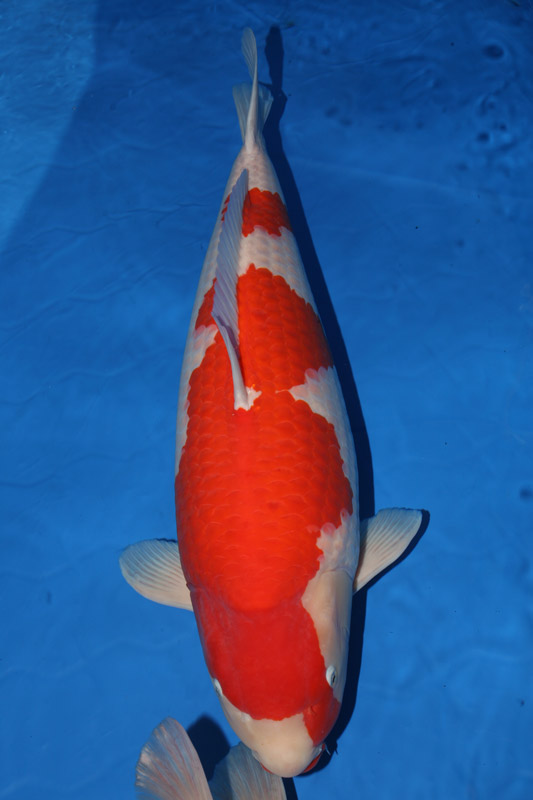
Maintaining the Quality of Your Koi Pond: Understanding Water Hardness
Introduction
For koi pond enthusiasts, cultivating an ideal environment for their fish to thrive is of utmost importance. One crucial factor that affects the health and overall well-being of koi fish is water quality, specifically water hardness. In this article, we will discuss the basics of water hardness and how it can impact koi pond maintenance. We will also tackle ways to measure and maintain proper water hardness levels in your koi pond.
What is Water Hardness?
Water hardness refers to the amount of dissolved minerals, specifically calcium and magnesium, in a body of water. These minerals can enter the pond through various means, such as runoff from the surrounding soil, tap water used for filling and topping off the pond, or from fertilizers and other chemicals added to the water.
Why is Water Hardness Important in a Koi Pond?
Koi fish are highly sensitive to changes in their environment, including water hardness levels. If the water in the pond is too soft or too hard, it can cause stress and adverse health effects for the fish. For example, if the water is too soft, it can lead to osmotic shock, a condition in which the fish’s cells become dehydrated and can even rupture. On the other hand, if the water is too hard, it can lead to kidney and liver damage in koi fish due to excess calcium build-up.
How to Measure Water Hardness in a Koi Pond
The most accurate way to measure water hardness is through testing the water itself. You can purchase water hardness test kits that use drops or strips to determine the levels of calcium and magnesium in the pond. It’s essential to regularly test the water for hardness levels to ensure that the pond’s conditions are optimal for koi fish.
Ideal Water Hardness for a Koi Pond
For a koi pond, the ideal water hardness level is between 150-300 ppm (parts per million). If the water hardness level is too high or too low, it can affect koi fish’s health adversely. As previously mentioned, soft water can lead to cellular damage, while hard water can cause calcium build-up in the fish’s organs, leading to various health problems. Maintaining proper water hardness levels in your koi pond will ensure that your fish are healthy and thriving.
How to Adjust Water Hardness in a Koi Pond
If you need to adjust the water hardness level in your koi pond, several methods can help. If the water is too soft, you can add a pond buffer or a calcium carbonate supplement to increase the pond’s hardness. On the other hand, if the water is too hard, partial water changes or using reverse osmosis (RO) water for topping off and filling the pond can help lower the hardness levels.
Maintaining Water Hardness Levels in a Koi Pond
Regular testing of water hardness levels is crucial in maintaining optimal conditions for your koi fish. Depending on the results of the test, adjustments can be made to the pond water using the methods mentioned above. It’s also a good idea to perform partial water changes regularly to dilute minerals in the water and maintain ideal water hardness levels. Proper maintenance and monitoring of water hardness levels will ensure that your koi fish remain healthy and happy in their environment.
Conclusion
Water hardness is a crucial factor in maintaining a healthy and thriving koi pond. Monitoring and maintaining the appropriate water hardness level for your koi fish is vital for their overall well-being. Regular testing, adjustments, and partial water changes can help keep water hardness levels in check, ensuring your koi fish remain healthy and happy for years to come.

